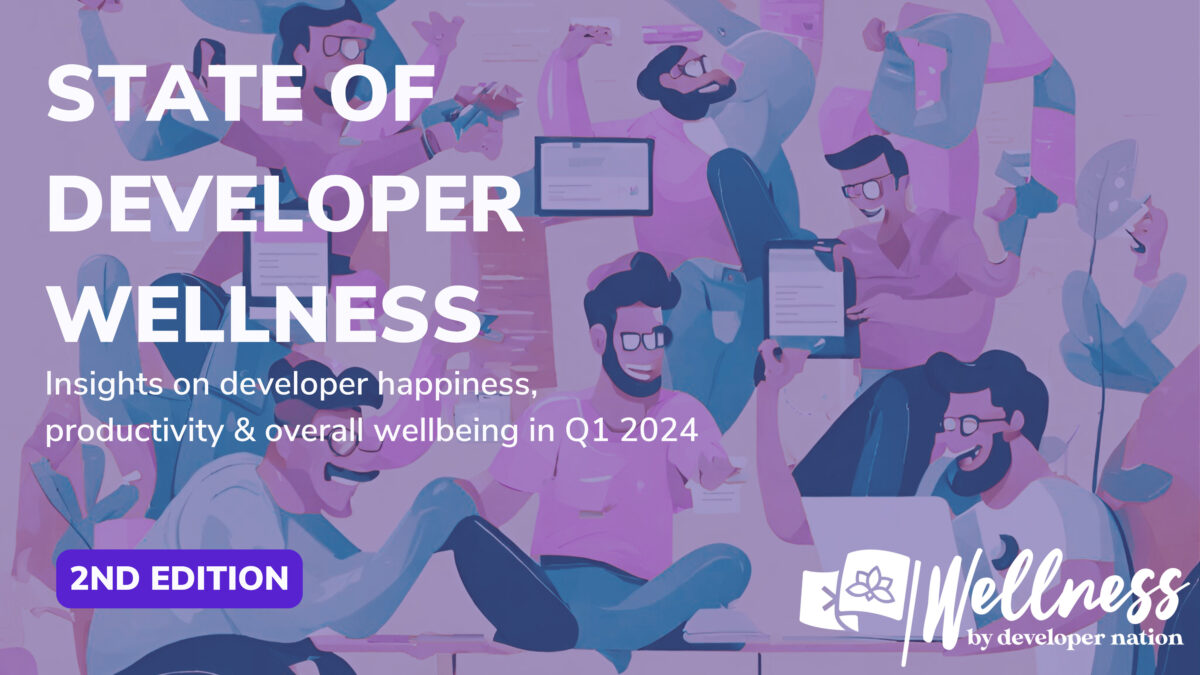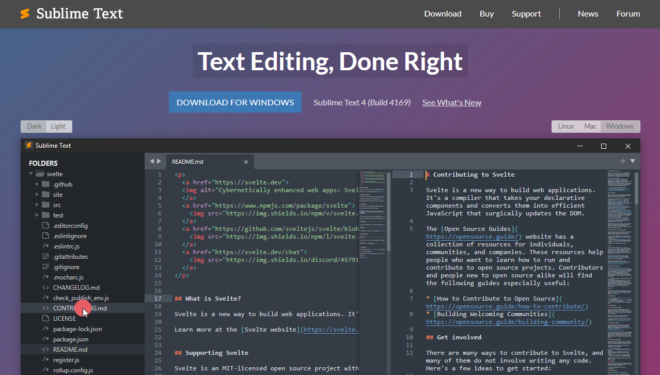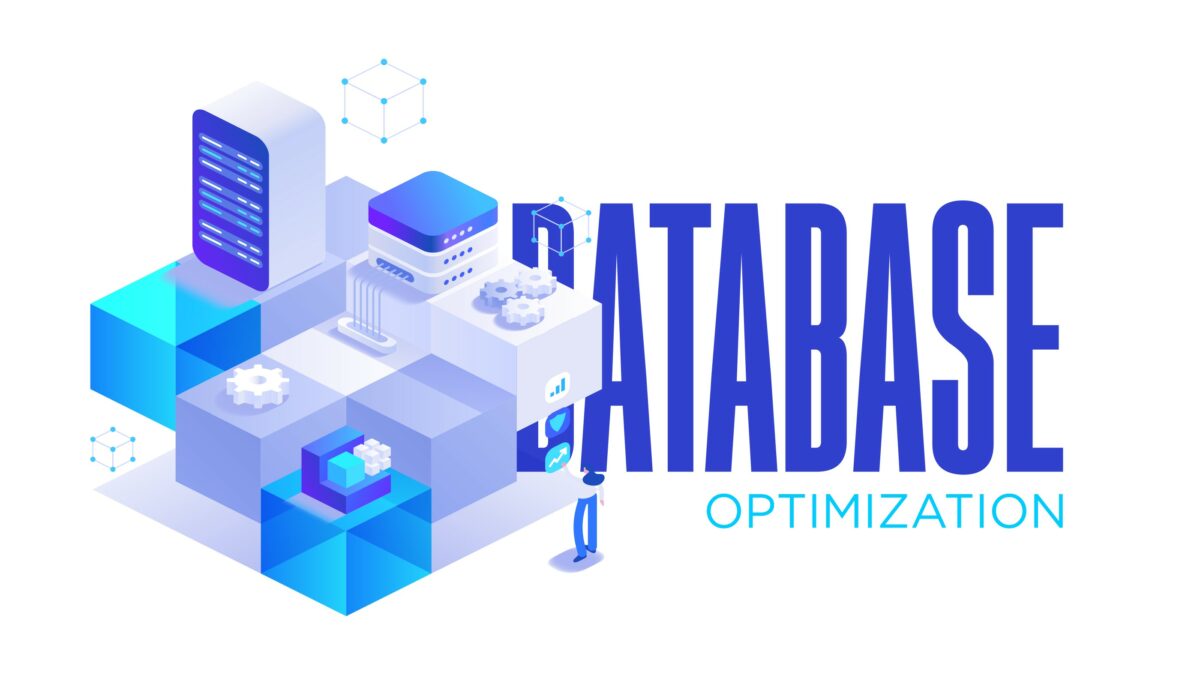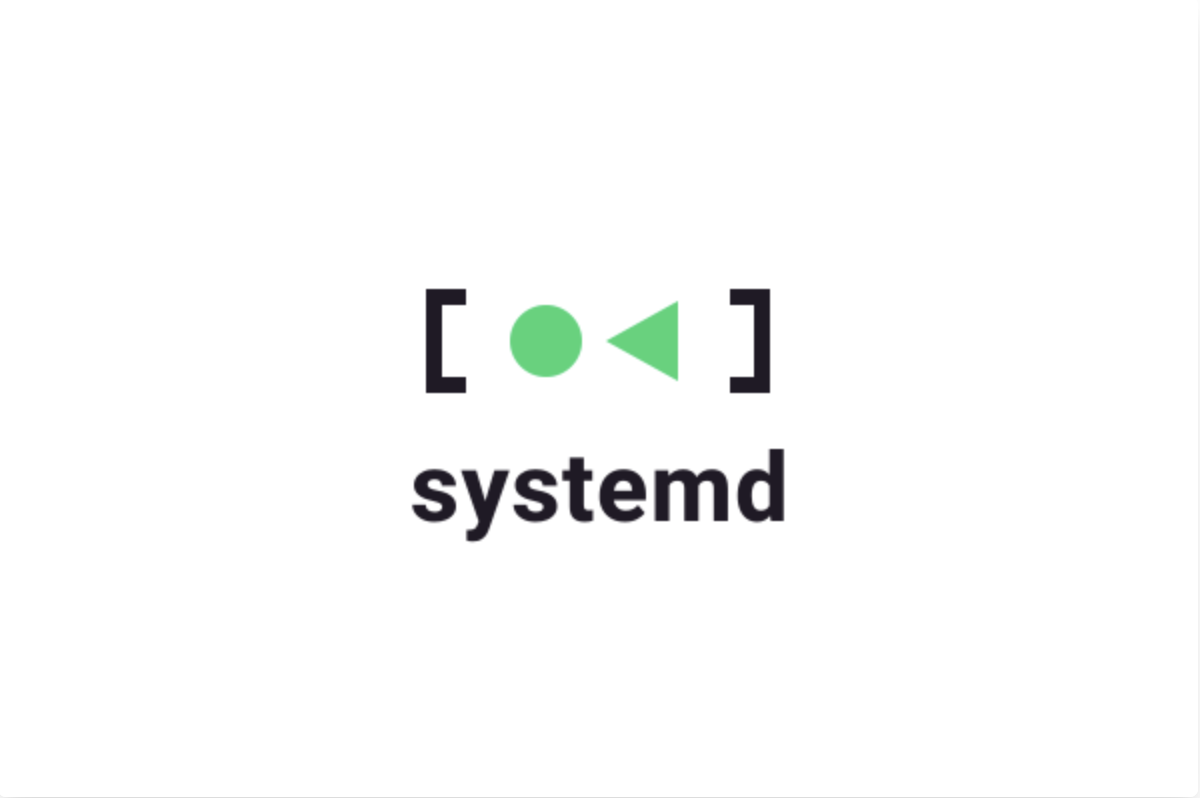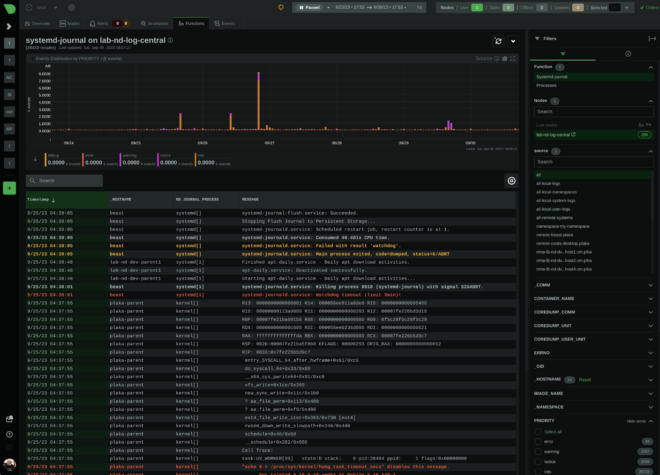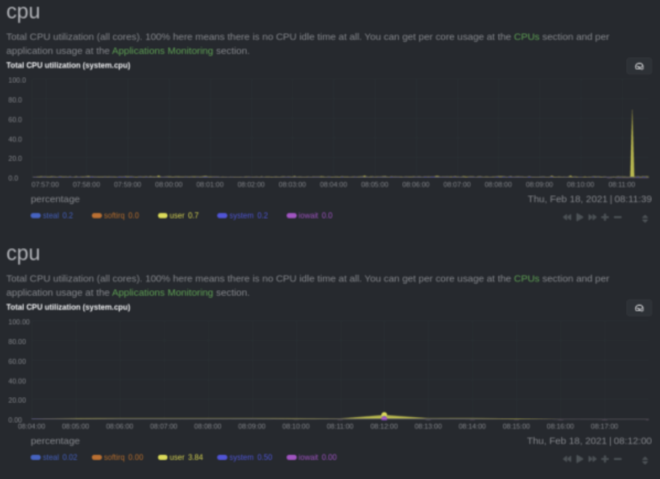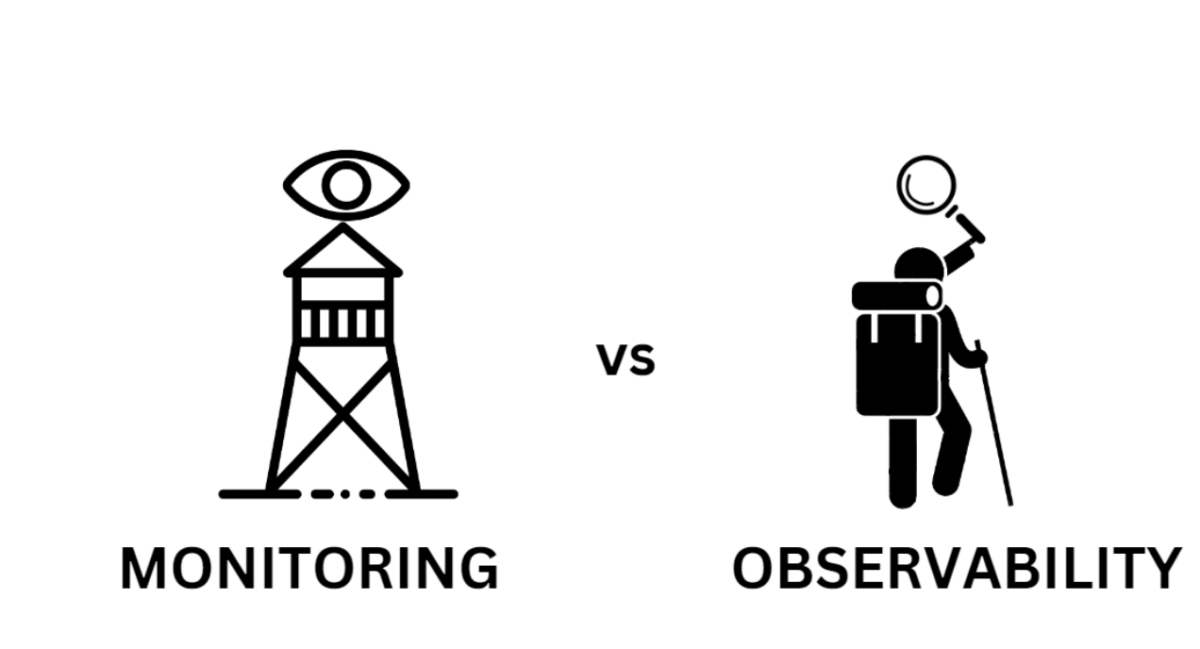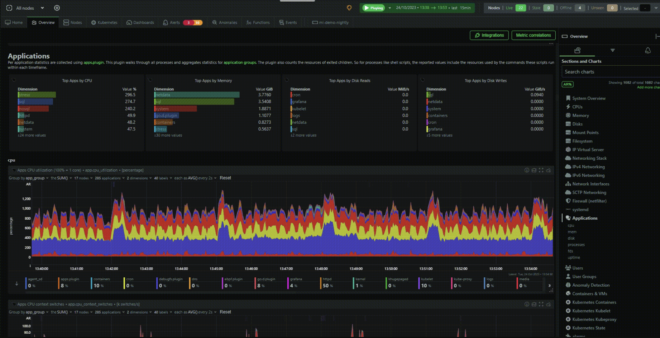From JavaScript to HTML/CSS to SQL and beyond, thoroughly testing code before integrating it into any system is a key element to consider in software development. First and foremost, it safeguards the quality and integrity of the code. Compared to development teams that use other methods, TDD has been proven to considerably reduce bugs and deficiencies.
It’s also interesting to note that the DevOps market size is expected to reach $25.5 billion by 2028.
In this article, we’ll explain what test-driven development is, along with the various benefits, and how to effectively integrate test-driven development into your DevOps Team.

What is Test-Driven Development in DevOps?
First things first, it’s important to understand that the test driven development technique is neither about testing, design, or simply carrying out lots of tests. Test Driven Development (TDD) is a proactive software development method where developers write tests for the code before it’s even been written.
In addition to Test-Driven Development, in the age of digital transformation, digital transformation conferences have become a reliable pool of knowledge for developers to make strategic decisions and foolproof investment choices, too.
Whether you’re a small startup or an established enterprise, implementing test-driven development can significantly enhance your software development process and ensure the quality of your products, ultimately strengthening your business name in the industry.
Moreover, by promoting transparency and accountability in the development cycle, TDD aids in identifying and mitigating potential risks, thus providing clarity regarding the ultimate beneficial owner of code functionality.
Why use Test Driven Development in DevOps?
Test-Driven Development offers a variety of benefits for developers, including:
1. Early Bug Detection & Reduces Bugging Time
Writing tests before making changes or implementing new features helps catch bugs and problems early on. Even better, the likelihood of shortcomings or flaws in the final product is considerably reduced too.
Pinpointing a specific area of code that requires attention when it fails, this reduces the time spent on identifying and rectifying issues that can be spent where it’s needed most.
2. Improved Code Quality
Writing tests not only ensure the code meets specific requirements, it often produces cleaner, more modular and more manageable code. Inevitably, this leads to better code quality.
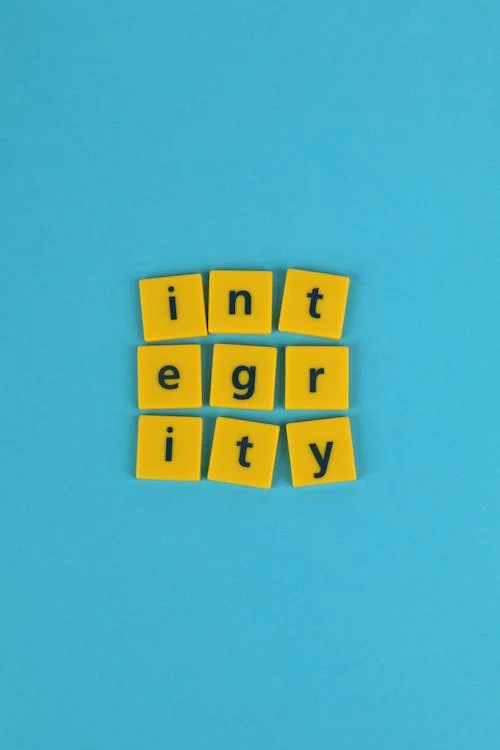
Emphasizing early testing, maintainability, and confidence in the correctness of the codebase, improving code quality with TDD also offers:
- Insightful documentation
- Better software design
- Increased developer confidence
- Automated regression prevention
- Notable time savings in the long run
- Seamless CI/CD integration
- Improved customer satisfaction.
3. Faster Feedback Cycles
TDD provides software developers with immediate feedback on the precision of their code. Quicker feedback loops save developers valuable time by addressing coding headaches straightaway.
Other key advantages faster feedback cycles offer developers include:
- Accelerates the overall development speed
- Minimizes distractions
- Enhances productivity
- Developers gain confidence in code changes
- Aligns with agile development principles
- Promotes incremental development
- Swift integration with CI
- Fosters a culture of collaboration
- Shortens the overall feedback loop in the development process.
4. Facilitates Refactoring
Refactoring refers to the process of improving internal structures or code designs without changing its external behavior.
Enabling developers to regularly improve the quality and maintainability of the codebase, refactoring allows developers to reshape and develop code whilst simultaneously eliminating the worry of breaking existing functionality or introducing accidental consequences.
The key steps for refactoring with TDD are:
- Write a failing test
- Run the test
- Perform refactoring, e.g. renaming variables, extracting methods, simplifying complex logic, etc.
- Run the test again
- Write additional tests
- Run all tests
- Evaluate
- Implement changes
- CI Integration
- Refactoring Documentation, e.g. comments in the code, README files, etc.
To guarantee you codebase’s code health improves with time, it’s worth considering carrying out a code review.
5. Supports Continuous Integration (CI)
In DevOps software development, continuous integration (CI) is where developers routinely add code changes to a central repository. Going hand in hand with TDD, CI enables automated tests, provides quick feedback, maintains code stability, and makes sure any integration issues are identified early on.
The CI process typically includes these steps:
- Version Control System (VCS)
- Code Changes
- Automated Build
- Automated Testing
- Static Code Analysis
- Artifact Generation
- Deployment to Staging
- Environment Automated
- Acceptance Testing
- Manual testing
- Code Review
- Feedback and Notifications
- Merge to Main/Master Branch.
6. Enables Continuous Delivery (CD)
Quite simply, continuous delivery (CD) automates the building, testing, and deploying of software. Making sure it’s always in a deployable state, combined with CI/CD techniques, TDD supports the frequent release of software updates.
Closely related to CI, the key steps in the CD process are:
- Version Control
- Continuous Integration (CI)
- Automated Testing
- Artifact Generation
- Configuration Management
- Deployment to Testing/Staging Environment
- Automated Acceptance Testing
- Manual Testing
- Approval Gates
- Deployment to Production
- Monitoring and Logging
- Rollback Plan
- Post-Deployment Testing
- Documentation and Release Notes
7. Better Collaboration Reduces Debugging Times
TDD provides a clear understanding of the expected behavior of the code. It fosters a culture of collaboration among team members, facilitating virtual collaboration sessions where developers can discuss test results, code implementations, and potential improvements, regardless of their physical locations.
It also helps reduce debugging times by promoting collaboration in the form of clear specifications, collective code ownership, and regular code reviews.
Reducing debugging times is beneficial for DevOps teams for various reasons:
- Increased efficiency
- Faster time to market
- Cost savings
- Enhanced morale and motivation
- Higher-quality software
- Iterative development.
Resulting in better-quality software, faster turnaround for fixing issues, and happier development teams, reducing debugging times is essential for maintaining a seamless development process from start to finish.
8. Increased Confidence in Changes
Acting as the ultimate safeguard, if developers can ensure the tests pass they can be confident in the knowledge that the changes haven’t introduced any setbacks. Test-Driven Development (TDD) also aligns well with modern infrastructure practices like utilizing dedicated hosts, where the isolation and predictability they offer can further bolster confidence in code changes.
Just like software development, Enterprise Architecture (EA) is constantly evolving in this fast-paced market. So, if you like the idea of quicker change and innovation, achieving greater value within the market, and accomplishing your objectives, it’s worth looking into the latest EA trends for further insight.

9. Positively Impacts Data Handling
By writing tests that validate data inputs and outputs, TDD ensures that data is processed accurately, providing a reliable foundation for developers to make an informed inference about the behavior and performance of their code under various conditions. This leads to improved data quality and reduces the likelihood of inconsistencies and errors.
TDD ensures accurate data handling by:
- Requirement Clarification
Clarifying the types of data that need to be handled, how they should be processed, and determining the expected outcomes.
2. Test Writing
Developers write test cases covering various scenarios related to data handling, e.g. input data, expected output, and any specific conditions or constraints to consider.
3. Test Execution (Red Phase)
Examine failing tests to start writing the code to handle the data.
4. Code Implementation (Green Phase)
Write the minimum amount of code needed to make failing tests pass.
5. Refactoring (Blue Phase)
Once the tests pass and the code works, it’s time to refactor the code to improve structure, readability and efficiency.
6. Regression Testing
To maintain data accuracy, developers run an existing test suite to ensure changes haven’t introduced any regressions.
Increasingly driven by automation, call center data, campaigns, and dialling plans are prime examples that can all benefit from implementing modern test-driven development strategies.
10. Cost savings
By catching problems early, TDD can reduce the time and resources spent on fixing bugs and addressing issues in later stages of development or production.
Boosting both financial performance and competitiveness in your industry, saving costs allows development teams to deliver projects much faster, with fewer resources.
If you’re looking to take back control of your software development investments, it’s worth delving deeper into application portfolio management best practices to learn more.
Are there any alternatives to Test-Driven Development (TDD)?
Acceptance test-driven development (ATDD)
Acceptance Test-Driven Development (ATDD) is an agile software development process that incorporates acceptance tests into the development stage.
Behavior driven development (BDD)
Behavior-Driven Development (BDD) encourages collaboration amongst a diverse mix of stakeholders to enhance communication. It also ensures software meets the desired behavior and business requirements.
How do you implement Test-Driven Development?
A typical TDD workflow typically includes the following steps:
1. Write a Test
Write a test to define the expected behavior of the code.
2. Run the Test
Carry out the test and make sure it fails. The code hasn’t been implemented yet, so you want the test to fail and show the test is working properly by accurately reflecting the missing functionality.
3. Write the Code
Create the minimum amount of code needed to pass the test. Fulfill the requirements and nothing more.
4. Run the Refractor test (if needed)
Reducing complexities and strengthening readability, refactoring improves the code by making small tweaks without altering the code’s external behavior.

5. Repeat the Process
Repeat the cycle for each new piece of functionality or changes that need to be made.
Helping to better understand your domain as you develop it, and building robust and scalable apps aligned with your business domain is incredibly important too. For example, you could register domain .ai if you work in the world of machine learning or if you have a store based in Anguilla to boost brand awareness.
Final Thoughts
Instilling true value and lowering costs across the board, it’s clear to see (when used right), the TDD method presents an array of benefits to savvy software development teams.
Allowing developers to build a safe environment to unearth all the bugs before harming the whole system, if you’re looking for a methodology renowned for consistent quality and flexibility, test-driven development is the way forward.

